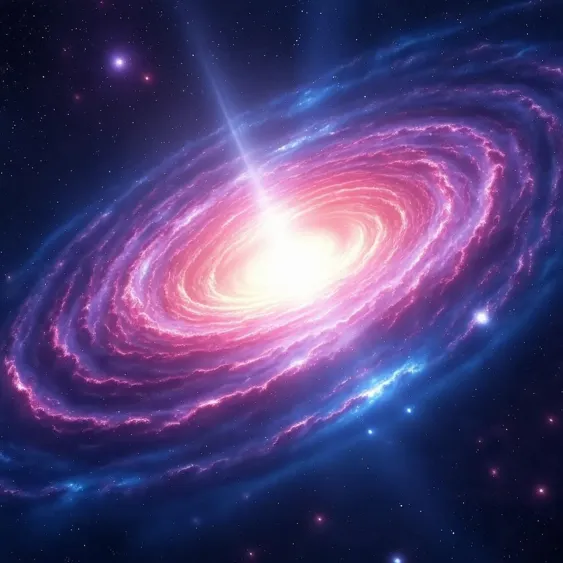Largest Known Black Hole Discovered

The recent discovery of a black hole approximately 36.3 billion times the mass of the Sun, located around 5 billion light-years away in the galaxy SDSS J1148+1930, not only stirs excitement in the astrophysics community but also captures the curiosity of the public at large. This finding is significant as it challenges our understanding of black hole formation and growth, pushing the boundaries of what we previously considered possible within the universe. Indeed, as we continue to grapple with profound questions about dark matter, dark energy, and the very fabric of spacetime, such discoveries serve as nudges that remind us of the vast unknowns yet to be explored.
This colossal black hole was identified within a gravitational lensing structure known as the "Cosmic Horseshoe," where the gravitational influence of massive galaxies distorts and magnifies light from more distant objects. This phenomenon allowed astronomers to deduce the mass of the central black hole by observing the curvature of light. Additionally, researchers employed stellar kinematics to study the velocity and trajectory of stars orbiting near the black hole, providing multiple layers of verification for its immense mass. What’s particularly compelling is that this black hole is classified as a "supermassive black hole," exceeding the traditional definitions, and is approaching the theoretical limit for black hole mass in the cosmos.
The implications of this discovery extend beyond just the black hole itself; they touch upon the evolution and merger of galaxies—a process where galaxies combine over cosmic time, each contributing their central black holes to create giants such as this one. This case serves as an important piece of evidence in illustrating how black holes can grow through galactic mergers, thereby illuminating theories related to the structure and evolution of the universe. Current studies, published in the Monthly Notices of the Royal Astronomical Society, suggest that further investigations using techniques like gravitational lensing and stellar dynamics will be pivotal in uncovering additional extreme mass black holes, enhancing our comprehension of black hole physics and cosmology.
Read These Next

China Innovates Deepwater Oil and Gas Extraction Model
China has launched the Haikui No. 1 and Haiji No. 2 for deepwater oil and gas extraction, boosting efficiency in the Pearl River Mouth Basin.

Autonomous Vehicles Revolutionizing Remote Logistics
The commentary discusses the recent integration of autonomous vehicles into the logistics sector in Tibet, emphasizing their technological advancements and practical applications.

Shenzhou-18 Taikonauts Health Strategies for Space Living
Shenzhou-18 crew uses advanced countermeasures to prevent muscle atrophy and bone loss during their six-month mission in space.
